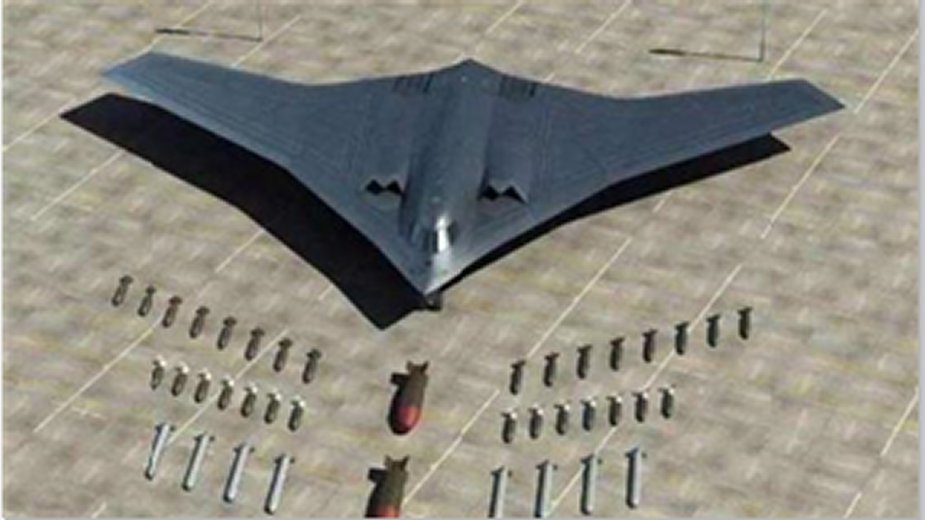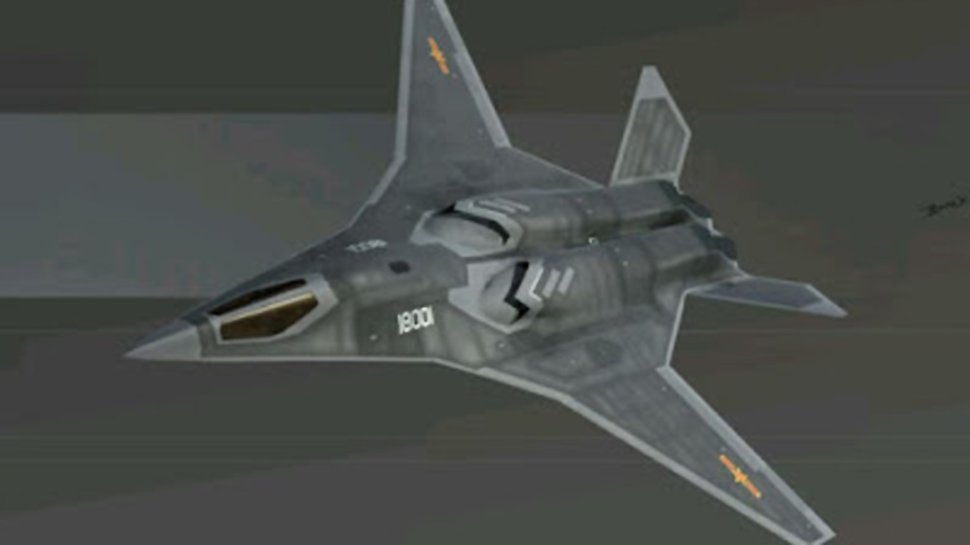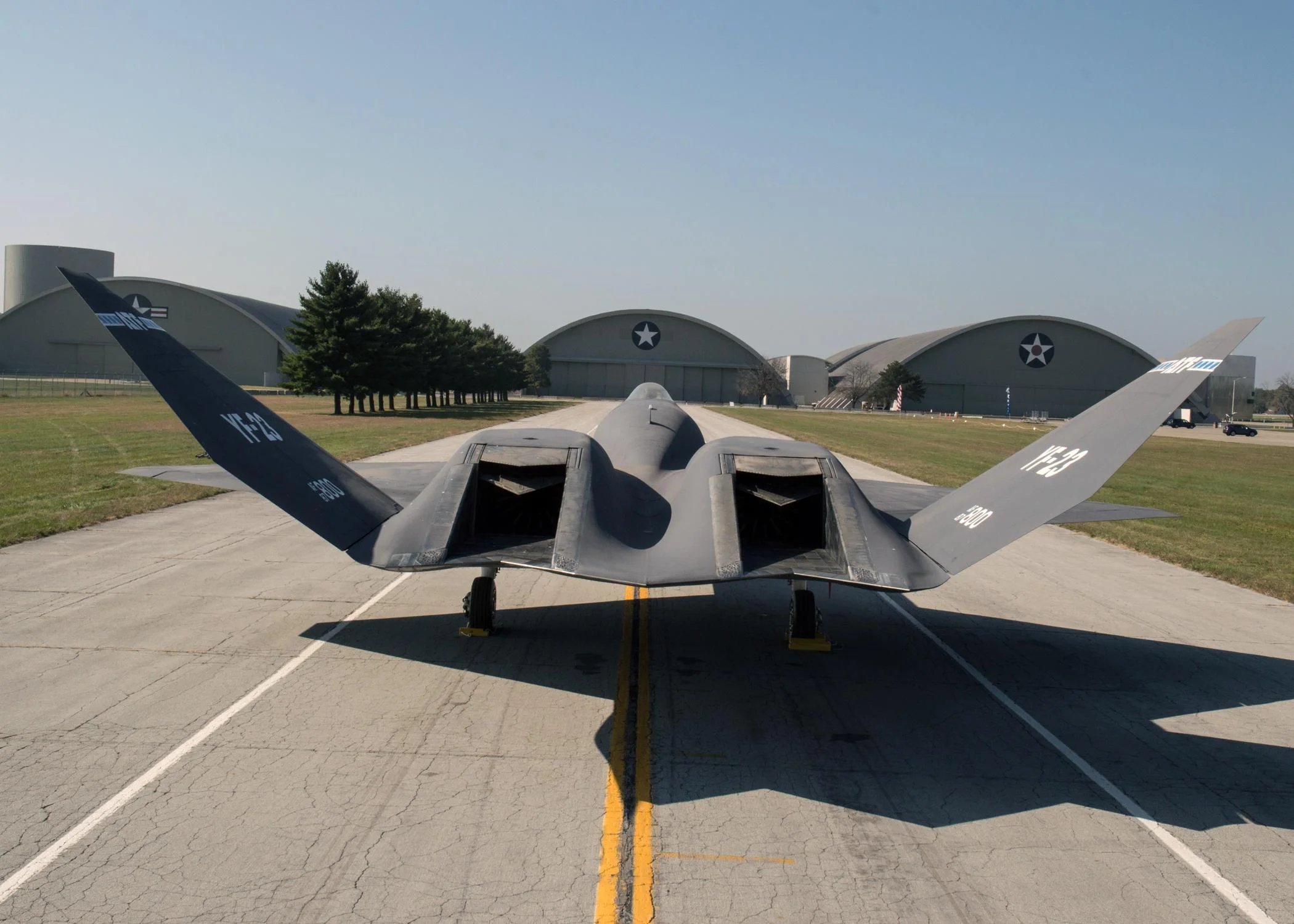At a time when China’s Xian H-20 stealth bomber continues to spark speculations, reports of another mysterious bomber — tentatively named the JH-XX — have left military analysts perplexed.
Hypersonic Gun: Asian Rivals Jostle To Develop A Railgun That Can Shoot-Down Everything From A Warship To A Warplane
There have been several reports about the intriguing H-20 bomber. Some accounts have hinted towards the warplane possibly having the capability of being equipped with either conventional or nuclear missiles.
The H-20 has been speculated to have a payload of over 45 tonnes and a maximum take-off weight of at least 200 tonnes. It has also been conjectured that this bomber could fly at subsonic speeds and could also be fitted with up to four hypersonic stealth cruise missiles.
Four computer-generated images of the H-20 published by the monthly magazine ‘Modern Weaponry’ in 2021 suggested that the plane has a weapon bay, two adjustable tail wings, an airborne radar at the front, and two stealth air intakes on both sides. These were all shown fully covered in a dark grey radar-absorbent material.

Based on the limited information about the H-20, it appears that stealth and range have been given importance over speed, probably to allow the aircraft to go on long-distance strike missions.
This aircraft, which is still largely shrouded in mystery, would have US bases in Guam, Japan, and the Philippines within its range. These bases form a part of the “second island ring” of Washington’s Island Chain Strategy, which was first conceived by US foreign policy statesman John Foster Dulles during the Korean War.
Adding on to this threat is another secretive under-development bomber, the JH-XX.
The JH-XX
The concept for the JH-XX stealth bomber was first leaked online around 2013, at what seemed to be a sort of aerospace convention. Later, a Chinese aerospace magazine published a concept image of the aircraft.
This particular image showed a conventional swept-wing design. Such wings are optimized for higher speed. However, this would mean that the JH-XX is likely to have a lesser range than the H-20.
It appears that the JH-XX has a mission similar to that of the conceptual FB-22 fighter bomber that was pitched to the US Air Force by Lockheed Martin. The FB-22 was a proposed stealth bomber aircraft marketed to the USAF and its design was derived from the F-22 Raptor.
Some images of the JH-XX hint towards it having greater similarities with Northrop Grumman’s FB-23 concept.
In fact, the design of the model that Shenyang, the company claimed to be behind the JH-XX, appears to be largely based on the proposed follow-on to the defunct YF-23 program, a single-seat, twin-engine stealth fighter aircraft technology demonstrator from Northrop.

Older reports have mentioned that the JH-XX model possesses a main ventral weapons bay along with separate side-mounted bays, seemingly for carrying air-to-air missiles. The plane, a fifth-generation one, is expected to be highly-maneuverable and supersonic, with the ability to bomb strategically important regional targets in the East and the South China Sea.
It would also be quick enough to intercept enemy airplanes. There is a chance that the JH-XX could also pose a threat to assets in the northeast of China in the Yellow Sea and Japan Sea.
A 2019 report by the US Defense Intelligence Agency (DIA) made a very specific reference to this plane’s ability to employ long-range air-to-air missiles and precision-guided munitions. With regards to armament, it is not yet known whether or not the aircraft can carry nuclear weapons.
The DIA’s report also suggested that the aircraft’s maximum takeoff weight could be anywhere between 60 to 100 tonnes with an approximate length of around 30 meters. As previously mentioned, the JH-XX is likely to have a shorter combat radius than the H-20, suited for its more localized, regional targets sets and missions.

However, this range would still be enough to not only target the US’ bases in the second island chain, but also military facilities in India, the South China Sea and beyond.
With the focus on speed and stealth, the small fighter-bomber would also have added advantages with regards to sortie rates, and in terms of successful penetration through an enemy’s integrated air defense network.
Edging Past F-22 Raptor – Here Is The Only ‘Super Fighter’ That Could Have Outgunned The World’s Most Powerful Jet
The emphasis on the stealth characteristics of the airplane would enable the fighter-bomber to fly in contested airspaces while also avoiding air defense systems located there.
The JH-XX would be suited for multi-role operations, including supporting long-range air-to-air missions. If fully developed, this aircraft could protect various rocks and reefs that Beijing is militarizing in the East and South China Seas. It could also conduct a preparatory bombing of Taiwan before an actual invasion.
- Contact the author at: shreyya.mundhra@gmail.com
- Follow EurAsian Times on Google News




